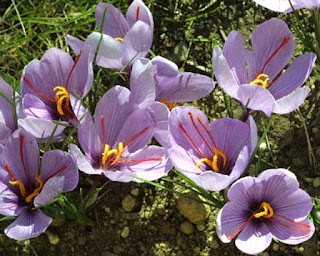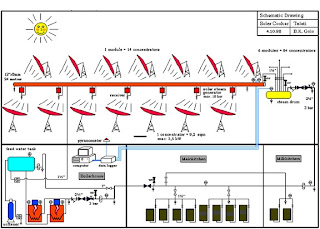
The Jaivana cannon is the world's biggest wheeled cannon ever made. It is located at the Jaigarh Fort, Jaipur. It was cast in 1720, during the reign of Maharaja Sawai Jai Singh II of Jaipur. Jaivan rests on a high 4 wheeled carriage. The front wheels are 2.74 m in diameter and the rear wheels are 1.37 m in diameter. The barrel is 6.147 m (20 feet 2 inches) long and weighs 50 tons. It rests on a 7.3 m long shaft. The tip of the barrel is 711 mm in dia., while the rear of the barrel is 906 mm dia. An 776 mm long elevating screw was used for raising and lowering the barrel. The barrel has floral design. An elephant rests on the tip of the barrel and a pair of peacocks are carved in the centre. A pair of ducks also decorates the rear of the barrel. Reportedly, it took four elephants to swivel it around on its axis. About 100 kg. (a quintal) of gun powder fired a shot ball weighing 50 kg.
Never used in battle, the Maharaja Jai Singh reportedly test-fired it once in 1720. The cannon ball is said to have landed at Chaksu about 40 km to the south. The impact formed a pond at the spot. Cannons always had a water tank beside them, for the gunner to jump into to avoid the massive shock wave. Jaivan's gunner is said to have died on the spot on firing the cannon, before he could jump into water. Eight people and one elephant were also reportedly killed by the shock wave and many houses collapsed in Jaipur.The two thick rings on the barrel were used for lifting it with the help of a crane which, though incomplete, is still lying in Jaigarh.
Jaigarh Fort was a center of artillery production for the Rajputs. The foundries provide fascinating information for the visitors. The manner in which they drew in blasts of air from the desert is most intriguing. The formidable strength of Jaivan's builder, the scientifically inclined warrior Sawai Jai Singh II, lay in the large number of artillery and copious supply of munitions which he maintained.









